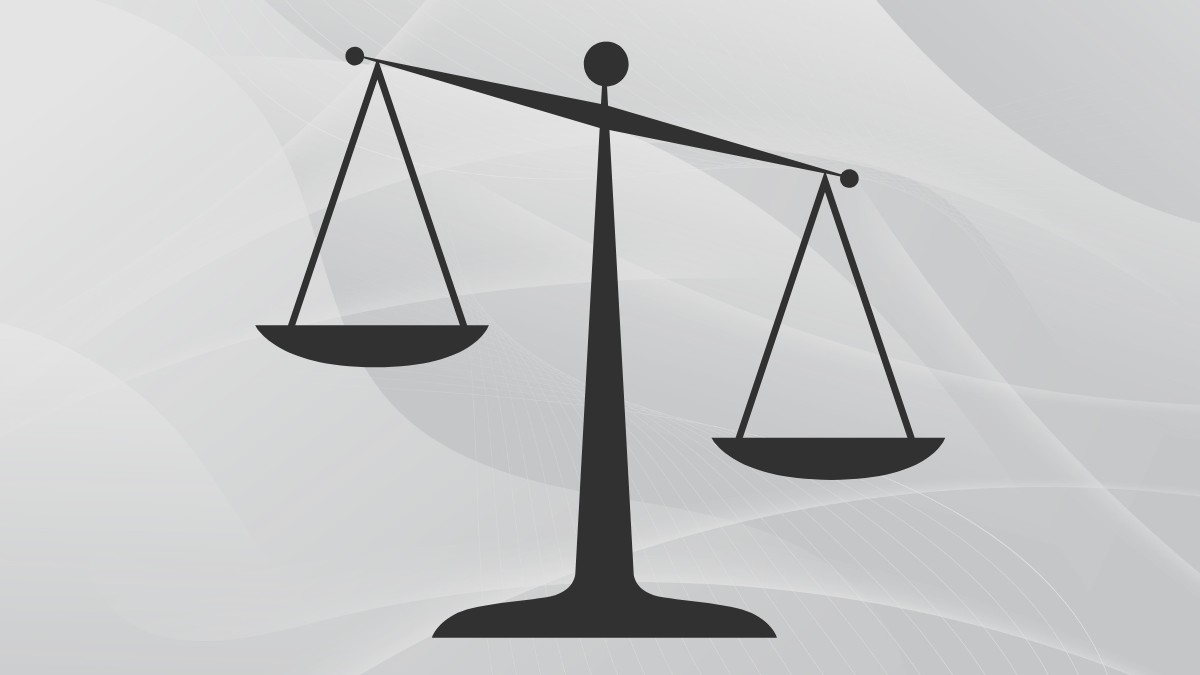
Problematic Tinder Use Scale
A thin line exists between using Tinder for love and getting hooked on it. Take this test to find out where you stand.

By Mark Travers, Ph.D. | 07 March, 2024
The number of individuals resorting to using dating apps to satisfy their romantic and sexual needs is steadily increasing. Tinder is one of the leading smartphone dating applications preferred by individuals to find potential dating partners.
Swiping between choices—and the consequent validation from successful matches—can make usage of the app rewarding in terms of mood modification and alleviating insecurites. However, the reliance on Tinder for finding partners can be a slippery slope. Excessive usage of Tinder can affect mental health and create issues in forming and maintaining relationships.
Research led by Gábor Orosz provides an effecient way to measure the dependence on Tinder through their Problematic Tinder Use Scale. The scale evaluates individuals' problematic usage of Tinder based on an addiction model.
You can take this test here. Please follow all of the steps to receive your results.
Step 1: Rate the following statements, on a scale of never to always, based on how often have you experienced them over the past year:
References: Orosz, G., Tóth-Király, I., Bőthe, B., & Melher, D. (2016). Too many swipes for today: The development of the Problematic Tinder Use Scale (PTUS). Journal of Behavioral Addictions, 5(3), 518–523.
